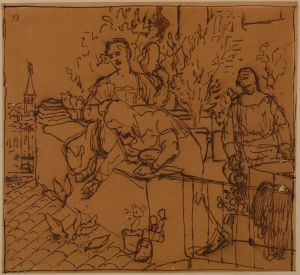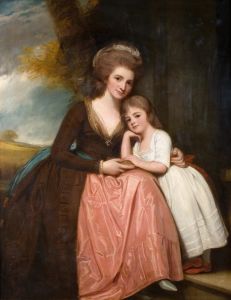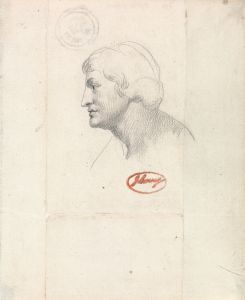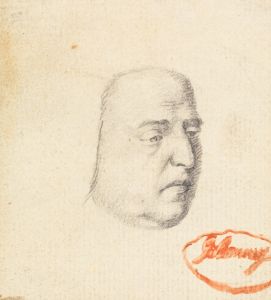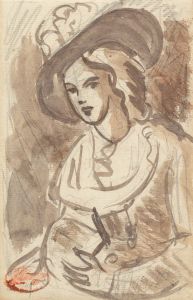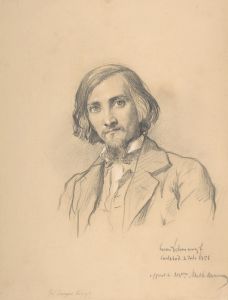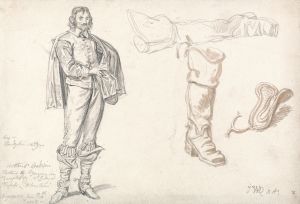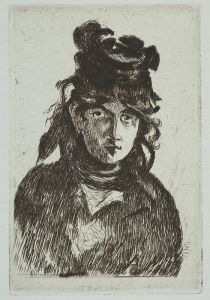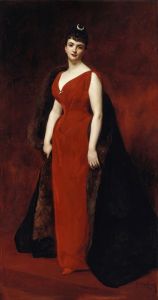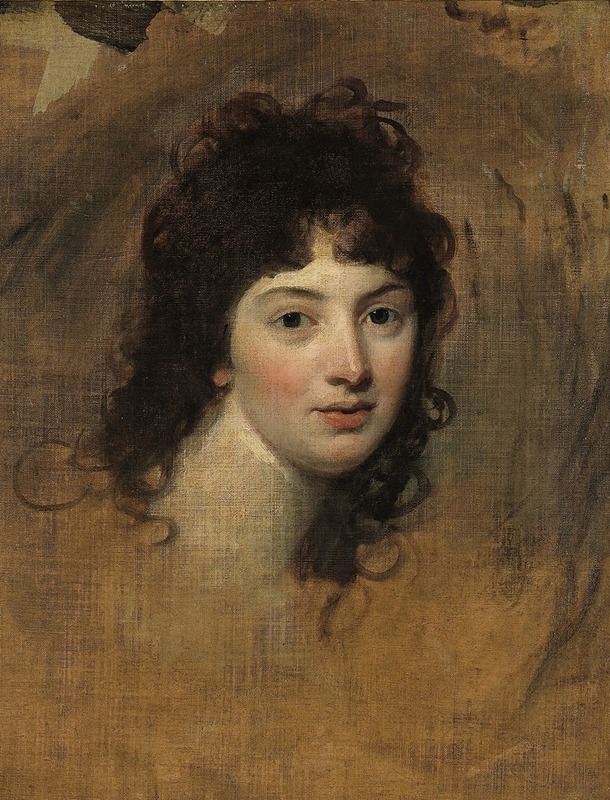
Portrait of a woman
A hand-painted replica of George Romney’s masterpiece Portrait of a woman, meticulously crafted by professional artists to capture the true essence of the original. Each piece is created with museum-quality canvas and rare mineral pigments, carefully painted by experienced artists with delicate brushstrokes and rich, layered colors to perfectly recreate the texture of the original artwork. Unlike machine-printed reproductions, this hand-painted version brings the painting to life, infused with the artist’s emotions and skill in every stroke. Whether for personal collection or home decoration, it instantly elevates the artistic atmosphere of any space.
George Romney was an eminent English portrait painter in the late 18th century, renowned for his depictions of society figures and his ability to capture the elegance and grace of his subjects. One of his works, "Portrait of a Woman," exemplifies his skill in portraying the subtleties of human expression and the intricacies of fashionable attire of the period.
Romney was born in 1734 in Dalton-in-Furness, Lancashire, and began his artistic career as an apprentice to a traveling portrait painter. He later moved to London, where he established himself as a leading portraitist, rivaling contemporaries such as Sir Joshua Reynolds and Thomas Gainsborough. His clientele included many prominent figures of the day, and his portraits were highly sought after for their refined style and insightful characterizations.
"Portrait of a Woman" is characteristic of Romney's work, showcasing his ability to blend realism with an idealized beauty. The painting features a woman dressed in the elegant fashion of the late 18th century, with attention to the textures and details of her clothing. Romney's use of light and shadow adds depth to the portrait, highlighting the contours of the woman's face and the delicate features that define her expression.
The identity of the woman in the portrait is not definitively known, as is the case with several of Romney's works. This anonymity adds an air of mystery to the painting, inviting viewers to speculate about her life and status. The lack of specific identifying features or attributes suggests that the portrait may have been commissioned as a private piece, intended for the enjoyment of the subject or her family rather than public display.
Romney's technique in "Portrait of a Woman" reflects his mastery of the medium. He employed a soft, yet precise brushwork that allowed him to capture the subtleties of skin tone and the sheen of fabric. His palette was typically restrained, focusing on naturalistic colors that enhanced the lifelike quality of his portraits. This approach was in keeping with the neoclassical ideals of the time, which emphasized clarity, harmony, and balance.
Throughout his career, Romney was known for his ability to convey the personality and mood of his sitters. In "Portrait of a Woman," this is evident in the serene expression and poised demeanor of the subject. The painting exudes a sense of calm and introspection, suggesting a woman of intelligence and refinement.
Romney's work fell out of favor in the early 19th century, as tastes shifted towards the more dramatic and emotive styles of Romanticism. However, his reputation was revived in the late 19th and early 20th centuries, and he is now recognized as one of the leading portraitists of his era. "Portrait of a Woman" remains a testament to his skill and artistry, offering a glimpse into the world of 18th-century England and the individuals who inhabited it.
In summary, "Portrait of a Woman" by George Romney is a fine example of 18th-century portraiture, showcasing the artist's ability to capture both the physical likeness and the inner character of his subjects. While the identity of the woman remains unknown, the painting continues to be appreciated for its aesthetic qualities and its reflection of the period's artistic and cultural values.





